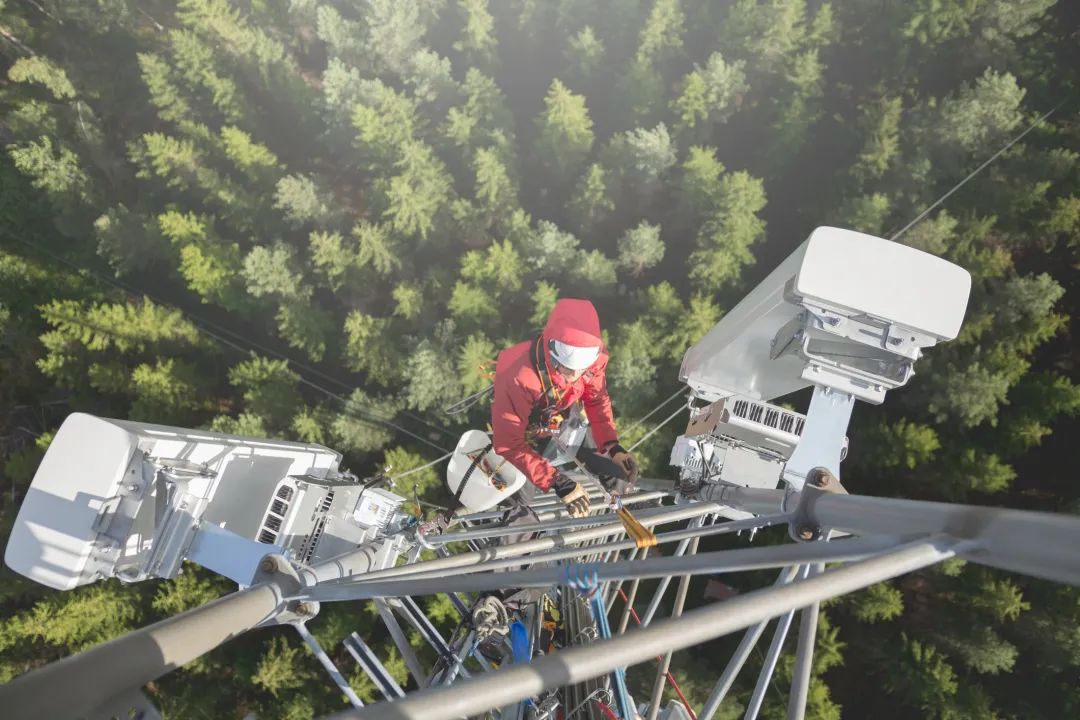With the deployment of 4G and 5G networks, 2G and 3G offline work in many countries and regions is making steady progress. This article provides an overview of 2G and 3G offline processes worldwide.
As 5G networks continue to be deployed globally, 2G and 3G are coming to an end. 2G and 3G downsizing will have an impact on iot deployments using these technologies. Here, we will discuss the issues that enterprises need to pay attention to during the 2G/3G offline process and the countermeasures.
The impact of 2G and 3G offline on iot connectivity and countermeasures
As 4G and 5G are deployed globally, the 2G and 3G offline work in many countries and regions is making steady progress. The process for shutting down networks varies from country to country, either at the discretion of local regulators to free up valuable spectrum resources, or at the discretion of mobile network operators to shut down networks when existing services do not justify continuing to operate.
2G networks, which have been commercially available for more than 30 years, provide a great platform for deploying quality iot solutions on a national and international scale. The long life cycle of many iot solutions, often more than 10 years, means there are still a large number of devices that can only use 2G networks. As a result, measures need to be taken to ensure that iot solutions continue to operate when 2G and 3G are offline.
2G and 3G downsizing has been initiated or completed in some countries, such as the US and Australia. The dates vary widely elsewhere, with most of Europe set for the end of 2025. In the long run, 2G and 3G networks will eventually exit the market altogether, so this is an unavoidable problem.
The process of 2G/3G unplugging varies from place to place, depending on the characteristics of each market. More and more countries and regions have announced plans for 2G and 3G offline. The number of networks shut down will continue to increase. More than 55 2G and 3G networks are forecast to be shut down between 2021 and 2025, according to GSMA Intelligence data, but the two technologies will not necessarily be phased out at the same time. In some markets, 2G is expected to continue operating for a decade or more, as specific services such as mobile payments in Africa and vehicle emergency calling (eCall) systems in other markets rely on 2G networks. In these scenarios, 2G networks may continue to operate for a long time.
When will 3G quit the market?
The phase-out of 3G networks has been planned for years and has been switched off in several countries. These markets have largely achieved universal 4G coverage and are ahead of the pack in 5G deployment, so it makes sense to shut down 3G networks and reallocate spectrum to next-generation technologies.
So far, more 3G networks have been shut down in Europe than 2G, with one operator in Denmark shutting down its 3G network in 2015. According to GSMA Intelligence, a total of 19 operators in 14 European countries plan to shut down their 3G networks by 2025, while only eight operators in eight countries plan to shut down their 2G networks at the same time. The number of network closures is growing as carriers reveal their plans. Europe’s 3G network shutdown After careful planning, most operators have announced their 3G shutdown dates. A new trend emerging in Europe is that some operators are extending the planned running time of 2G. In the UK, for example, the latest information suggests that the planned rollout date of 2025 has been pushed back because the government has struck a deal with mobile operators to keep 2G networks running for the next few years.
· America’s 3G networks shut down
The 3G network shutdown in the United States is progressing well with the deployment of 4G and 5G networks, with all major carriers aiming to complete the 3G rollout by the end of 2022. In previous years, the Americas region has focused on 2G downsizing as carriers rolled out 5G. Operators are using the spectrum freed up by the 2G rollout to cope with demand for 4G and 5G networks
· Asia’s 2G networks shut down processes
Service providers in Asia are keeping 3G networks while shutting down 2G networks to reallocate spectrum to 4G networks, which are heavily used in the region. By the end of 2025, GSMA Intelligence expects 29 operators to shut down their 2G networks and 16 to shut down their 3G networks. The only region in Asia that has shut down its 2G (2017) and 3G (2018) networks is Taiwan.
In Asia, there are some exceptions: operators started 3G downsizing before 2G. In Malaysia, for example, all operators have shut down their 3G networks under government supervision.
In Indonesia, two of the three operators have shut down their 3G networks and the third plans to do so (currently, none of the three have plans to shut down their 2G networks).
· Africa continues to rely on 2G networks
In Africa, 2G is twice the size of 3G. Feature phones still account for 42% of the total, and their lower cost encourages end users to continue using these devices. This, in turn, has resulted in low smartphone penetration, so few plans have been announced to roll back the Internet in the region.
Post time: Nov-14-2022
